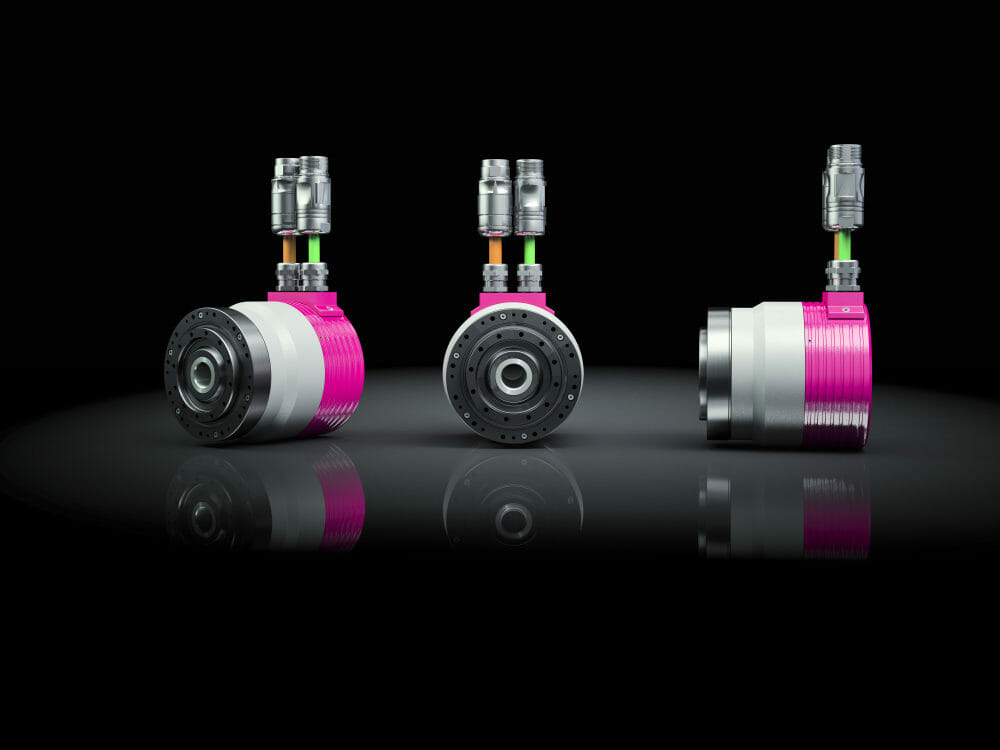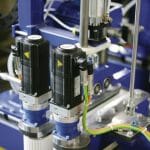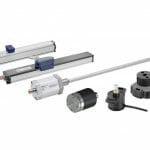If you have recently been to a large sporting event or music concert, chances are you might have caught sight of something high in the air, whizzing around on gossamer tendrils. The system enables television cameras to move both vertically and horizontally, tracking action quickly, fluently and accurately. To allow it to do this, the system employs incredibly specialised gears.
Here, Graham Mackrell, managing director of precision servo actuator expert,Harmonic Drive UK, discusses how innovative gears are being used to deliver an immersive viewing experience.
Whether you’re watching an international cricket match, live footage of the Glastonbury main stage or a major sporting event, at some point you’ll inevitably be watching footage taken from one of these specialist high wire cameras.
Unlike traditional static cameras, the rig allows the camera to capture any area of the field of play. The camera docks to a gyro-stabilised dolly, connected to four cables attached to four motorised winches. By controlling the winding and unwinding of the cables, the camera can be manoeuvred throughout the X, Y and Z-axis.
The benefit of using one of these systems is that it allows the operator to achieve repeatable, accurate and fluid camera shots from a variety of different angles. To be able to deliver such impressive results, the setup relies on high precision servo actuators to provide streamline movement.
It’s very important that these servo actuators can be relied upon time and again. Let’s say that this camera system is being used to capture a major footballing event, as it was in this year’s Euro 2016 final. The camera can be programmed to instantly travel to a fixed coordinate — perhaps at the goalmouth — at the touch of a button. The camera crew need the camera to reach that destination precisely, every time of asking. If not, the recording of the action doesn’t flow properly and the play appears jilted.
Similarly, the gears need to operate with zero backlash so the camera movement is smooth and doesn’t negatively affect the viewing experience. Even the slightest recoil is noticeable.
As well as giving high accuracy, high repeatability and zero backlash, the gears also need to be lightweight and compact. Needless to say, the smaller the camera is, the less offensive it is to the spectators and participants at the event. The Kevlar cables that support the camera can support up to 1200 kg of tractive force, but the smaller the footprint and weight, the better.
Finally, it’s important that the servo actuators have a hollow shaft big enough to allow the cables with fibre optics to flow through – from the camera to the remote head. The rise of high definition HD and 4K broadcast streams is making this increasingly important.
Above all, the gears need to be rugged and reliable. Harmonic Drive’s CHA-14 and CHA-17 hollow shaft servo actuators were used in camera rigs on a six-month long filming mission in the Antarctic, for the BBC’s Frozen Planet documentary series. This was a true test of the reliability and build quality of our precision components.
Harmonic Drive’s actuators target the increasing demand by the broadcast industry for more compact, powerful and cost effective equipment.
So the next time you are watching a sporting event or concert on the television and notice a smooth, sweeping high angle shot, think of the precision servo actuators making the visuals possible.








